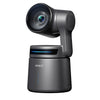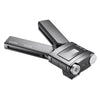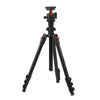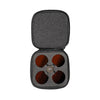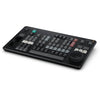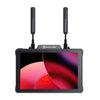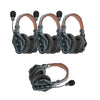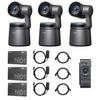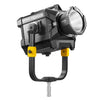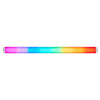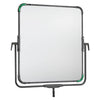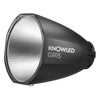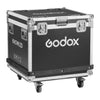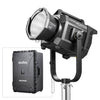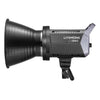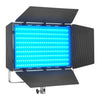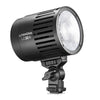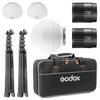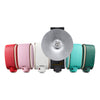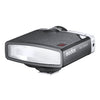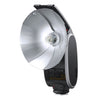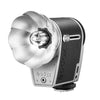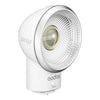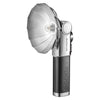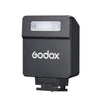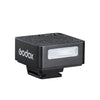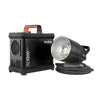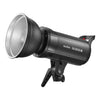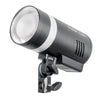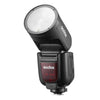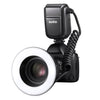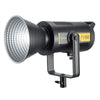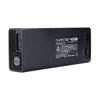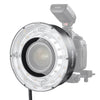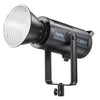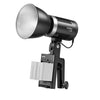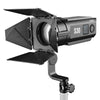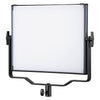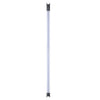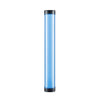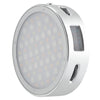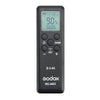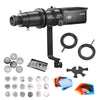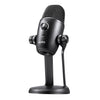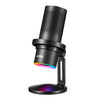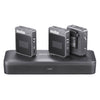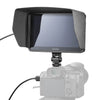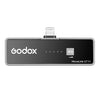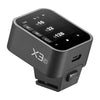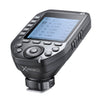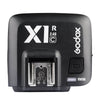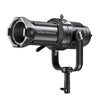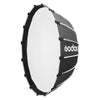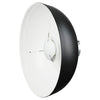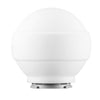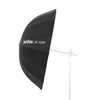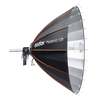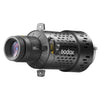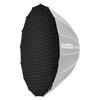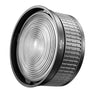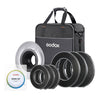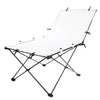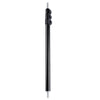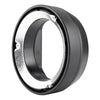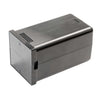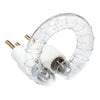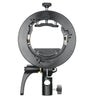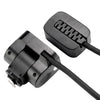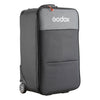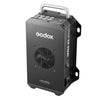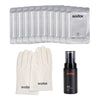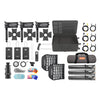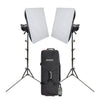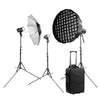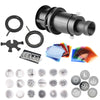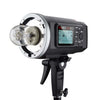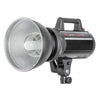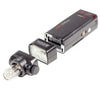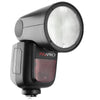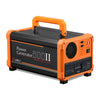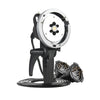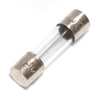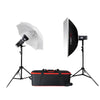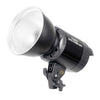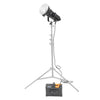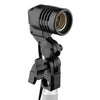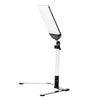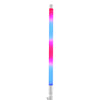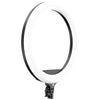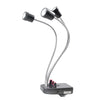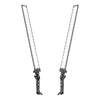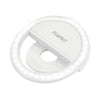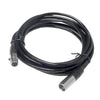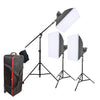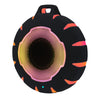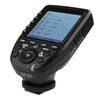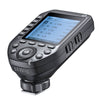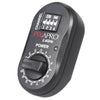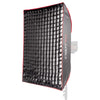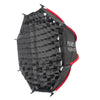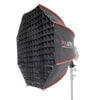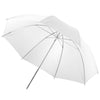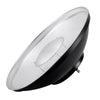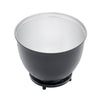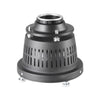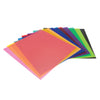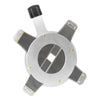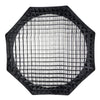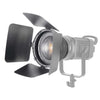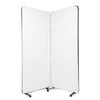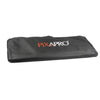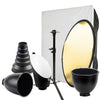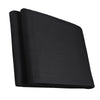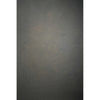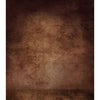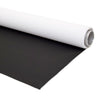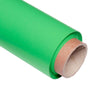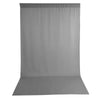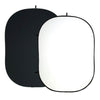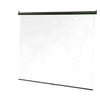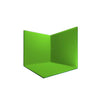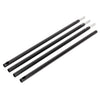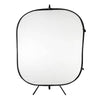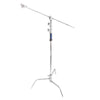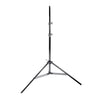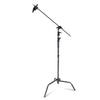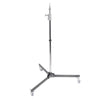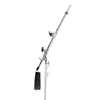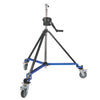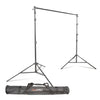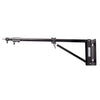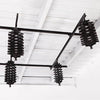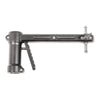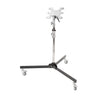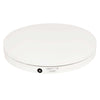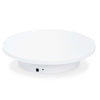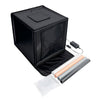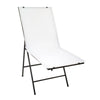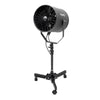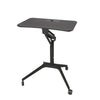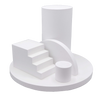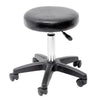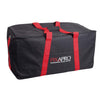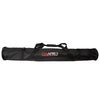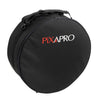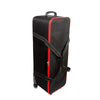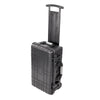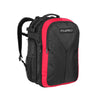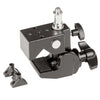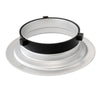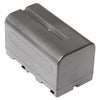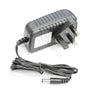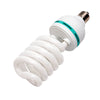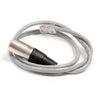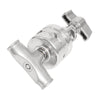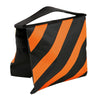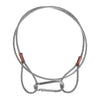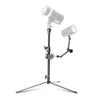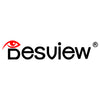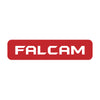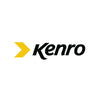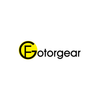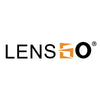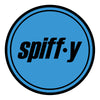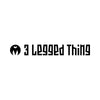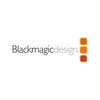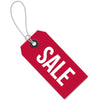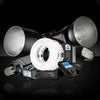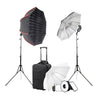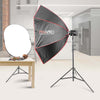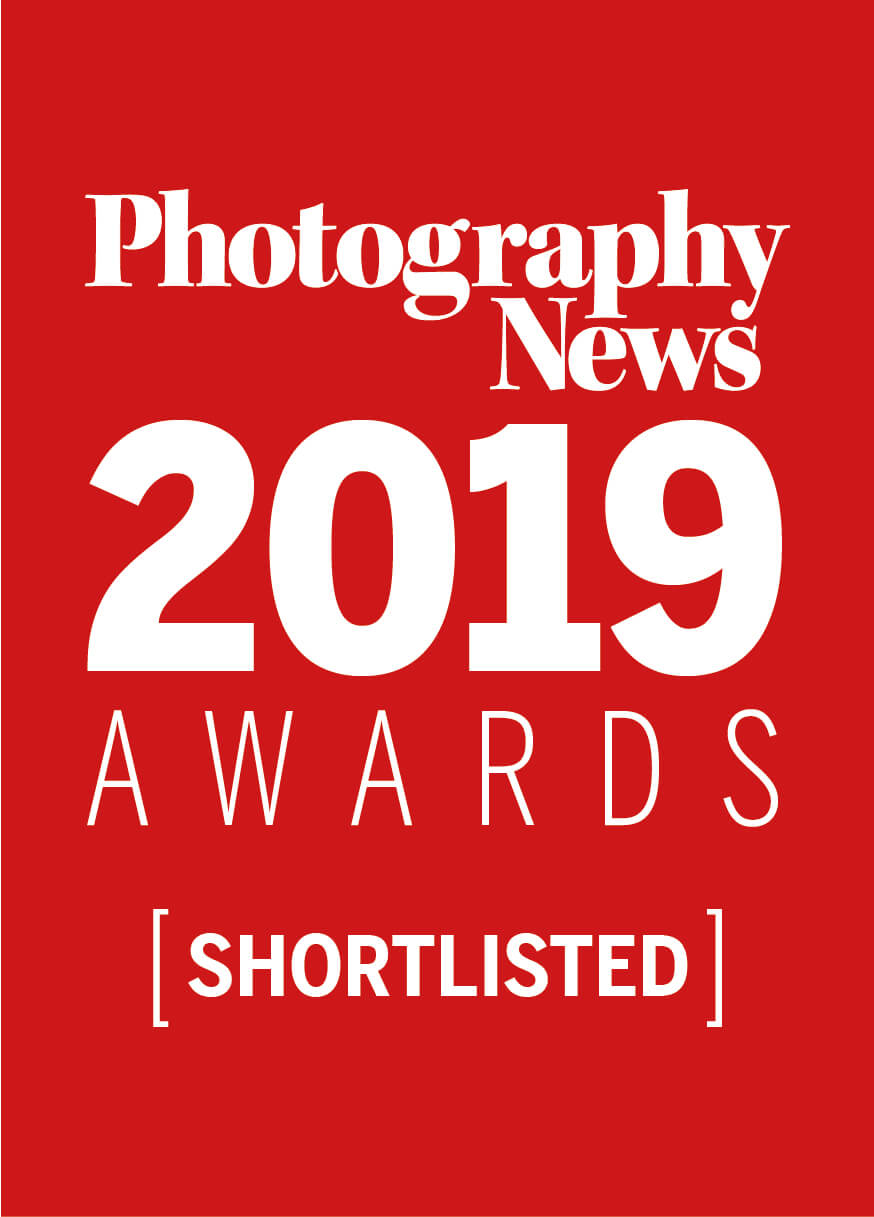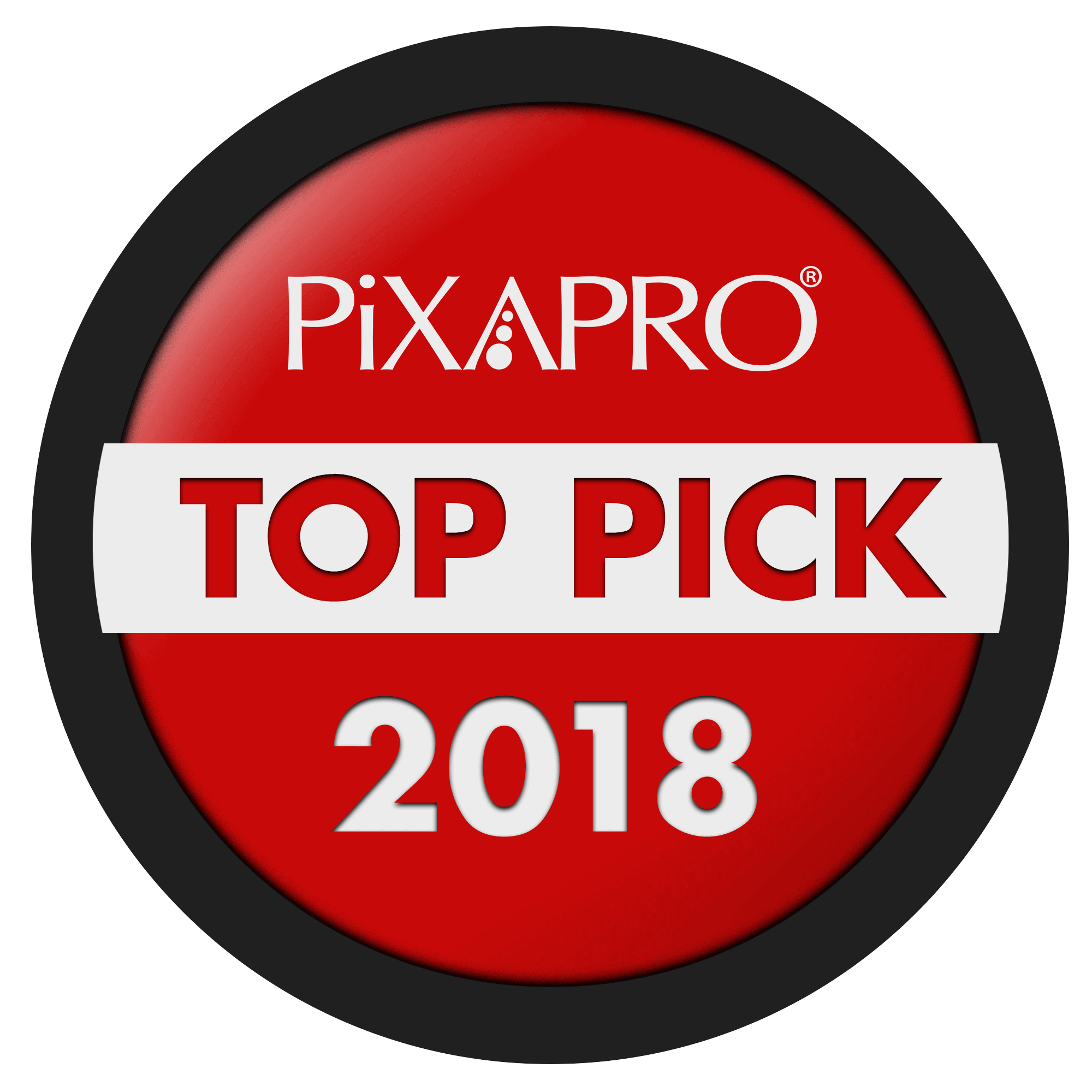How Many Lights Do I Need for My Photography?
Photography flashes and LEDs are essential tools for photographers to control lighting in their shots, and are a major creative tool in shaping the final result of an image. But how many flashes does a photographer really need for their work?
The number of photography flashes a photographer needs can vary depending on the type of photography they specialise in, however. For example, portrait photographers may only need one or two flashes to create the desired lighting setup and sufficiently light a model. On the other hand, photographers specialising in product or furniture photography may require multiple flashes to evenly light a large item such as a sofa.
How many lights does a beginner photographer need?
For beginner photographers starting in portraiture photography for example, starting with one or two photography flashes is usually enough, and is a great way to start with lighting as this gets familiar with how it works and with experimenting with your images. You can do a lot more with one light than you might think!
Check out our YouTube Videos on shooting with just One Light!
How to Photograph a Whiskey Bottle with One Light with Barry Mountford
Product Photography Using 1-Light with Marius at FAV Studios
Tommy Reynolds' One Light Flash Workshop

Images taken by Tommy Reynolds using the same one light for each one! Model: Tegan Elizabeth.
It's often worth starting out with something straightforward like the Godox AD200Pro or the AD300Pro. At 200w and 300w respectively, these strobes are handy for studio photography and offer you enough control over your lighting for most types of photography whether indoors or outdoors. These AD Range flashes are also battery powered so can be used on location, and have TTL Compatibility, which is great for beginners.
Or, check out studio mains flash alternatives without TTL.
Tip! TTL stands for 'Through The Lens' and it's a term used to describe exposure metering based on what your camera sees. In relation to TTL flash photography your camera will take a reading by firing a 'test' flash when you press the shutter, it will then decode that data received by that initial flash and then fire a second flash to capture your image at the correct power and exposure immediately afterwards. All this happens in a split second and you may not even notice the initial flash going off.
For something a little more compact, an on-camera speedlight flash might be an option for you as this allows for on-axis lighting and super easy events photography such as for weddings or parties without having to manoeuvre multiple lights on light stands! At around 76w each, Godox speedlights aren't super powerful, but do a great job nonetheless when shooting out and about.
Why might a photographer need more lights?
Having more photography flashes allows photographers to have greater control over the lighting in their shots and fully cover the subject or model(s) with light. By using multiple lights, photographers can create more complex lighting setups, control shadows, and highlight specific areas of the subject.
Consider the purpose of separate backlights, rim lights or hair lights, as well as side or fill lights. While there may be one key light for your setup, this might not be enough to illuminate the scene properly and a one-light setup, while super versatile in many cases, might leave too much dark shadow in an image.

Jake Hicks and model Jocelyn Hicks demonstrating the impact of multiple lighting sources. The gels provide a handy way of recognising which light has which result on the image.
More advanced lighting techniques often also require multiple light sources to produce the desired effect. For example, in three-point lighting, as the name suggest, you would need three light sources: a key light, a fill light, and a backlight. Similarly, Rembrandt style lighting can be replicated with two light sources, or just one.
Each light serves a specific purpose in illuminating the subject and creating depth in the image. Having multiple flashes allows the photographer to position each light precisely to achieve the desired effect.
Read similar: What is Rembrandt Lighting?
Will too many lights cause complications?
Short answer? Yes.
Generally, if you're shooting something like portraiture or product or food photography, you won't need more then 2-3 lights. More might be handy if shooting large groups of people, cars, or large items of furniture for example, but it might be best to keep it simple where possible! The more lights you have, the more you've got to tailor each light for the right result, and the more expensive it gets.
If you're already using a few lights and feel like you need to add a pop of brightness in a shadowy area, there are a few things you can do to fix this without adding another light.
Handheld Reflector
A handheld reflector would be your most cost-effective way to fill in any awkward shadows in your shot. With 5 different reflective sides, this can simply be held angled near the shadowy area and will reflect light up into this to brighten it.
Bounce Board or V-Flat
A similar method to a handheld reflector, a suitable white bounce board or V-Flat when placed nearby the subject can go very far to bounce light onto one side on a larger scale in a way that can replicate a whole new light!
Using the V-Flat panels to absorb light on one side and create shadow, and bounce light on the other to create a dramatic portrait effect - with Stephen Beecroft.
Larger Softbox or Modifier
On the other hand, if you're using a softbox or umbrella already, it could be the case that it might just be a bit too small for the job. It's always important to remember that the larger your modifier, the softer the light will be and the further it will spread as this is correlated to the size of the opening of the modifier.
If you're using a 65cm softbox for example, but finding it doesn't quite reach the length of the model or subject, then this might be fixed by purchasing a larger 100cm softbox which will increase the surface area of the light spread and should reach further.
Check out this effect demonstrated for portraiture here with a range of different sized softboxes:
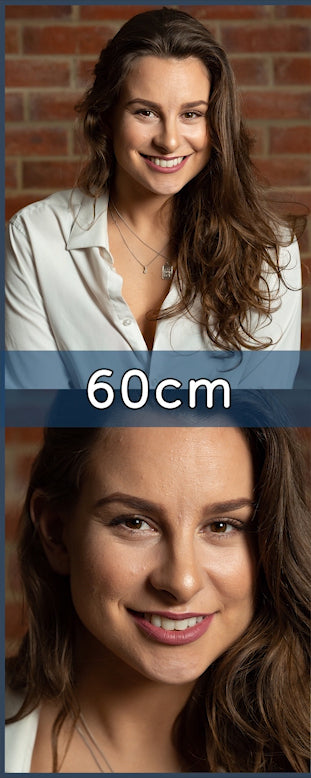 |
 |
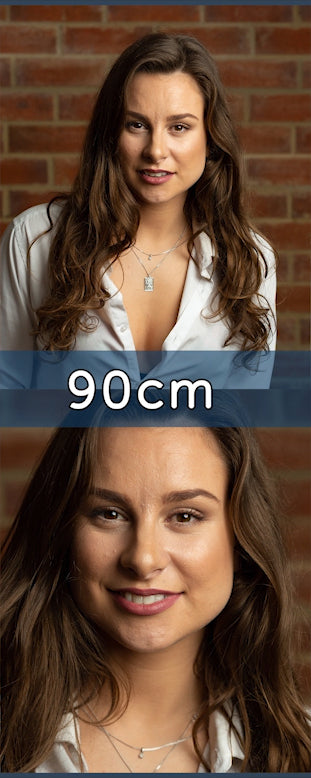 |
 |
 |
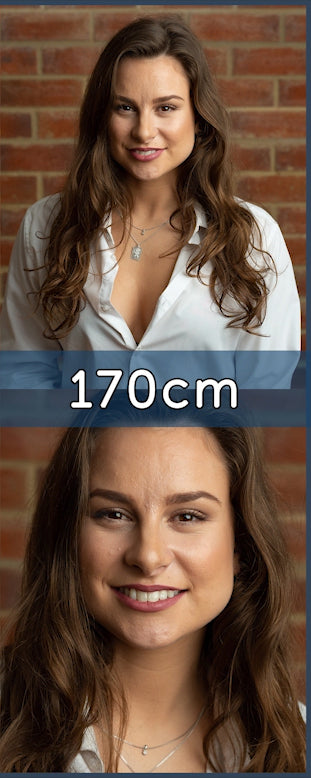 |
So how many lights should I get?
The number of photography flashes a photographer needs depends on what you shoot, if you can, start with one light to learn lighting basics, and increase lights from there. Understanding lighting techniques and theory means you can make your setups work with less, and provides an understanding of how to use modifiers to supplement your setup rather than adding more and more lights (and will save you money!).
Looking for some advice on which lights to purchase for your photography? Get in touch at info@essentialphoto.co.uk with some details on your photography for some recommendations from our product advisors!







































